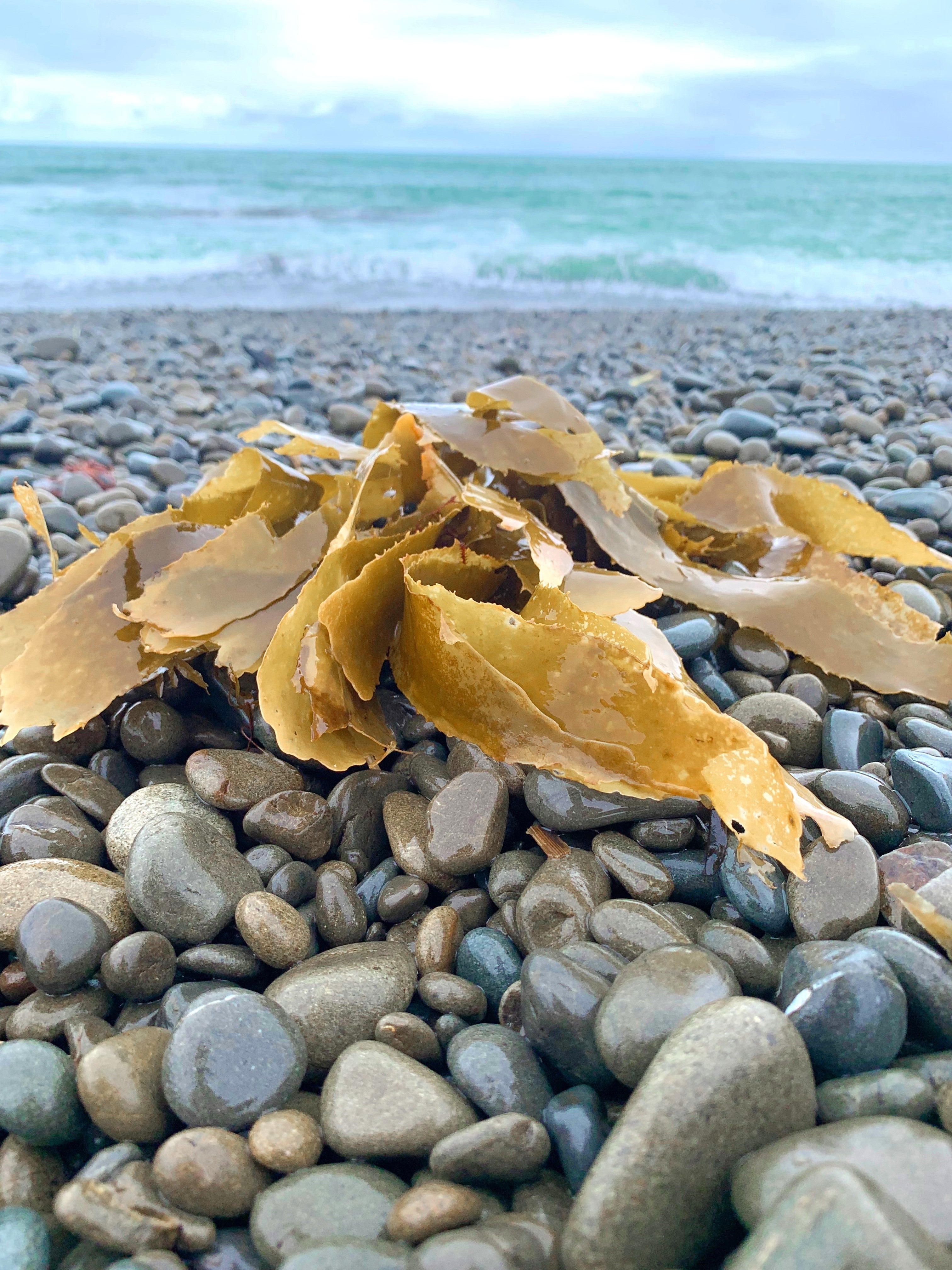Seaweeds and umami are intertwined topics. Seaweeds like Kelp and Kombu offer concentrated, plant-based sources of umami taste. ‘Umami’ is regarded by many Japanese as ‘critical to delicious cooking’. We’ll explore the relationship between seaweed and umami and the health benefits it offers to all ages before exploring ways to intensify the umami taste and make meals more delicious.
What is Umami Flavour, and How Does It Impact Taste and Flavour?
Food taste has been a driving force in human evolution, and umami is simply a relatively new word to describe an ancient taste impression. Umami is the Japanese word for ‘delicious’ and has been enjoyed by Asian cultures for centuries. Umami is the fifth taste after sweet, salty, bitter and sour. It has a mild but lasting aftertaste. It induces salivation and a sensation of furriness on the tongue, stimulating the throat, the roof and the back of the mouth. Umami is not technically an ingredient in itself. Still, the flavour is known to draw out the flavours of other ingredients in a dish, increasing palatability by balancing & intensifying different flavours. Only a tiny amount of umami is required to optimise the taste of a meal.
In addition to seaweed, foods high in umami compounds include seafood & shellfish, meats, aged cheeses, soy foods, mushrooms, savoury yeast, ripe tomatoes, mature potatoes, kimchi and green tea.
Seaweeds and umami flavour
Seaweeds and umami are inextricably linked. Seaweeds offer one of the richest sources of umami taste. Glutamate is a naturally occurring amino acid in seaweed. It will rise to the surface of seaweed leaves as they dry.
You may observe a fluffy white powdery substance that settles on a seaweed frond as it dries – particularly wild-harvested seaweeds. Many mistakes this for mold, but glutamate drops on the leaf.
Professor Ikeda a Japanese chemist, first observed this white powder in 1908 after studying the compounds in kelp seaweed his wife used to make him tofu broth! Shortly after this, he patented glutamate salt, or monosodium glutamate (MSG*), and it has been produced commercially ever since. MSG mimics natural glutamate’s ability to initiate certain processes in our bodies. Glutamate’s role in brain development and health points to why MSG (synthetic glutamate salt) has a bad reputation.*
Health benefits of glutamate (Umami)
Understanding the effects of umami on other tastes is very useful in creating nutritious and tasty foods. By itself, umami is not extraordinary, but only small amounts are required to make a variety of foods tastier, especially in a matching aroma.
Some surprising health benefits of glutamate include:
- Improved taste with less sugar and fat: Increasing the umami taste in food can result in fat, salt and sugar-reduced recipes that still taste satisfying. Umami will heighten perceived salt & sweet flavours, thus allowing dishes with less salt or sugar to taste as good. It will soften sourness & mask bitterness, increasing the appeal of a dish without altering its nutritional value.
- Reduce appetite: Umami has been said to help the palatability of food and increase satiety. A recent study showed that umami flavour in a protein meal boosted post-meal satiety, which resulted in eating less later in the day.
- Glutamate supports gut health - it is an energy source for cells that make up the gut lining. Studies show that glutamate drives our absorption and digestion of food, sending signals to the stomach, small intestine, and liver.
- Glutamate is also an excitatory brain chemical. It plays an essential role in learning and memory. The body uses glutamate to produce another brain chemical called GABA (gamma-aminobutyric acid), a calming and inhibitory brain chemical in the adult brain.
Umami’s for all ages - from newborns to elderly
Glutamate, the main component of umami, is one of the 20 amino acids needed for life; it is, in fact, the most prevalent amino acid in the body. It also makes up over 50% of the amino acid in breast milk, making it the first flavour a newborn infant encounters. The naturally high concentrations of glutamate (umami) in breast milk are said to play a vital role in supporting the gut tissue of newborns.
Some populations, such as the elderly or malnourished, may benefit from increasing umami flavours in their food because their taste and smell sensitivity can be impaired by age and medication. The loss of taste and smell can contribute to poor nutrition, increasing disease risk.
Add small amounts of seaweed to boost nutrients and make food more flavourful and exciting for young and old.
Intensifying umami taste
In addition to adding a little seaweed into meal preparation, stocks, umami can be intensified through:
- searing, braising and slow-cooking meats
- aging/curing meats, fish and pickles
- Adding fermented products to your diet, such as sauerkraut or kimchi
*Read more about MSG here - it is different from umami.
Disclaimer: This material is provided for educational purposes only and is not intended as a substitute for professional medical advice, diagnosis, or treatment. This information may not include the very latest research. We encourage you to do your own research and discuss your findings with a qualified health practitioner who can help you validate the outcomes in the context of your specific & individual health situation.




